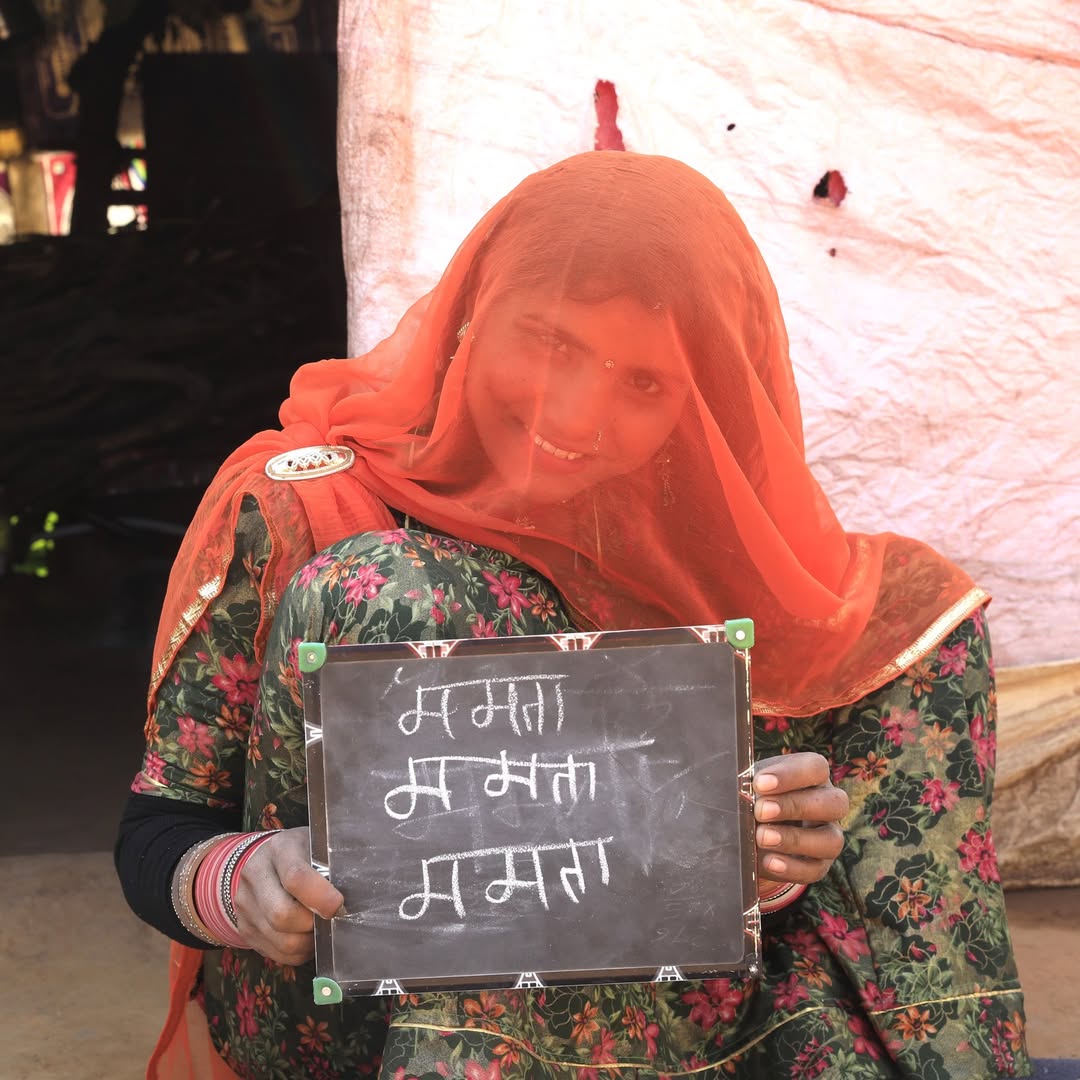Compassion as Action: Stories from the Satyarthi Movement’s Frontlines
In an increasingly fractured world, compassion has become more than just a virtue—it is a revolutionary force. At the heart of the Satyarthi Movement lies this very power: compassion not as passive empathy, but as direct, relentless action. The movement, founded by Nobel Peace Laureate Kailash Satyarthi, has redefined what it means to care, showing the world that compassion is most powerful when it takes form in courageous deeds.
Through its tireless efforts to eliminate child labour, trafficking, and exploitation, the Satyarthi Movement has impacted millions. But behind every rescue, every policy change, and every campaign, are stories of people who dared to transform their compassion into change. These are stories of compassion in action—where ordinary individuals become extraordinary agents of hope.
A Child Rescuer’s Resolve: Rahul’s Story
Rahul Verma, a field coordinator with the Satyarthi Movement, has been part of over 200 child rescue operations across northern India. His work often puts him at risk—confronting powerful traffickers and navigating violent environments. But Rahul’s commitment stems not from a sense of duty alone, but from deep compassion.
“I was once that child,” he says, recalling his own experience as a labourer in a factory at the age of nine. Today, every child he rescues is a reflection of his own past. His ability to connect with survivors, calm their fears, and guide them through healing is a form of self compassion—a personal reckoning that allows him to act with both strength and tenderness.
In Rahul’s story, we see how compassion becomes a bridge between the personal and the political, enabling him to address systemic injustice with unwavering humanity.
The Healing Power of Listening: A Survivor’s Journey
One of the most powerful forms of compassion is to listen without judgement. For Rani, a young girl rescued from domestic servitude in Delhi, the simple act of being heard was transformative.
After her rescue, she was placed in a rehabilitation centre run by the Satyarthi Movement. For months, she spoke little, withdrawn from the trauma she had endured. It was the centre’s social worker, Meera, who helped Rani rediscover her voice. Through daily conversations, storytelling, and art therapy, Meera slowly earned her trust.
What made the difference was not a professional method, but Meera’s deep sense of compassion—her presence, patience, and belief in Rani’s worth. This is compassion in action at its most intimate: the act of restoring dignity through love and time.
Today, Rani is back in school and dreams of becoming a teacher. Her transformation is a testament to how healing can begin when compassion becomes a daily practice, not just an abstract principle.
A Global Movement Fueled by Compassion
The Satyarthi Movement is not confined to one region or nation—it is part of a broader vision of global compassion. Through campaigns like the 100 Million for 100 Million initiative, the movement calls upon young people around the world to become changemakers.
In Ghana, for instance, student volunteers have been mobilising to educate their peers about child labour and the importance of education. In Sweden, schools have held awareness drives in partnership with the movement, urging policymakers to prioritise children’s rights globally.
This global ripple effect demonstrates how compassion knows no borders. When people across continents act in solidarity, it becomes global compassion—a shared humanity that transcends race, religion, and politics.
The movement’s strength lies in its ability to inspire people not just to care, but to do something with that care. Whether it’s signing a petition, joining a rescue mission, or mentoring a survivor, every action becomes a thread in the larger fabric of change.
The Role of Self-Compassion in Activism
The emotional toll of frontline activism is immense. The sights, sounds, and stories that activists witness can weigh heavily on their mental well-being. Yet, amid the intensity of their mission, many within the Satyarthi Movement have found strength through self compassion.
Pooja, a psychologist working with rescued children, admits that she once struggled with burnout. “You carry these stories home. You want to save everyone. And when you can’t, the guilt is overwhelming.”
It was only when she began practising self compassion—acknowledging her limits, allowing herself rest, and seeking support—that she could truly be present for the children again.
Her experience reflects a truth too often ignored in activism: without kindness toward oneself, even the most passionate efforts can lead to exhaustion. The Satyarthi Movement recognises this, encouraging its workers to balance action with reflection, urgency with care.
Compassion as a Daily Choice
The stories from the Satyarthi Movement’s frontlines remind us that compassion is not a momentary emotion—it is a daily decision. It is choosing to act when it’s easier to look away. It’s standing beside someone who has been silenced. It’s finding courage in love rather than in anger.
Whether it’s the bravery of a rescuer, the patience of a caregiver, or the determination of a young activist abroad, each story affirms that compassion in action is not just possible—it is happening every day.
In the words of Kailash Satyarthi, “Compassion is not sympathy. Compassion is justice in motion.” The Satyarthi Movement lives this truth. It reminds us that the world changes not just through grand declarations, but through countless acts of compassion—small and large, seen and unseen.
Final Thoughts
To create a just and peaceful world, we must move beyond compassion as a feeling and embrace it as a force. The Satyarthi Movement proves that when compassion is activated, it liberates, heals, and transforms lives. And most importantly, it begins within us—with self compassion, extending outward in waves of global compassion, until every child, everywhere, is free to live, learn, and thrive.
Visit now: https://freshvoicehub.com/













